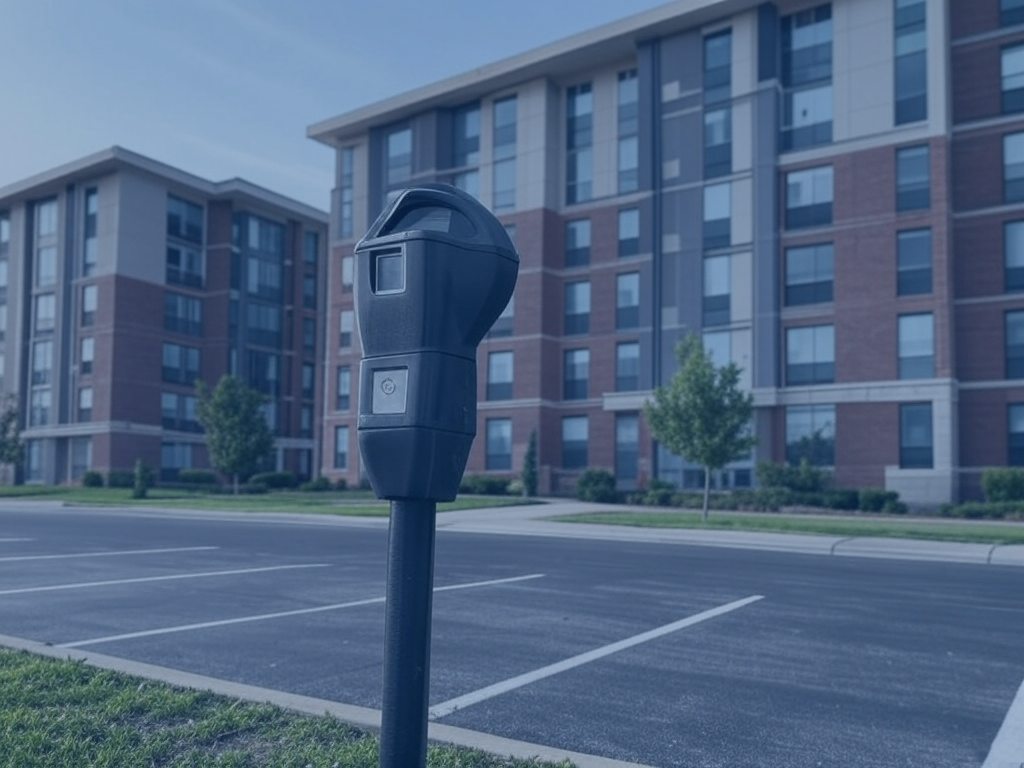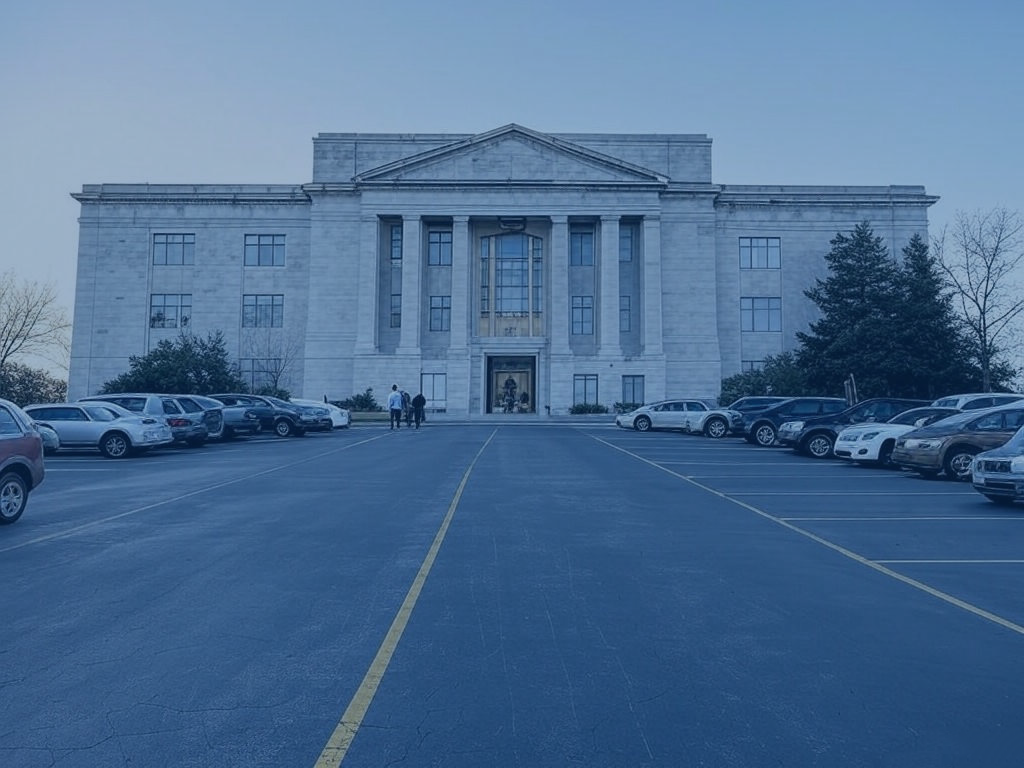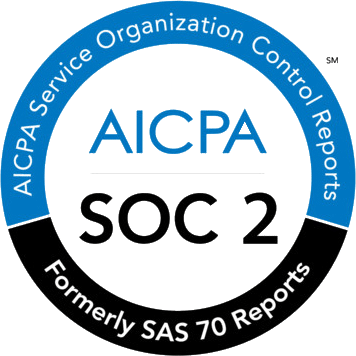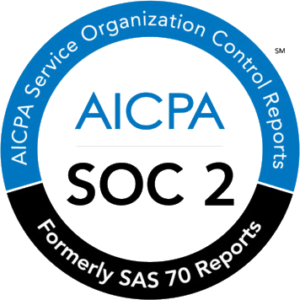The way we work is changing, and it’s changing fast. With the advent of new technologies and the rise of remote work, offices are evolving at an unprecedented pace. Arrival technology is set to play a major role in shaping the future of work.
In this blog post, we will explore what arrival technology is and how it will impact office trends in 2023.
Table of Contents
ToggleWhat Is Arrival Technology?
Arrival technology refers to a suite of tools and techniques that enable more efficient and automated ways of managing and organizing the arrival and departure of people and goods.
From parking spaces to hot desks, a new work model in the post-Covid era is beginning to take shape. Just like many other things in today’s world, arriving at work is about to change. Businesses are continuing to push for their employees to return to the office. Meanwhile, employees continue to yearn for more interaction throughout their workday.
Some examples of arrival technology include everything from smart locks and access control systems to occupancy sensors and facial recognition.
Increased Use of Smart Locks
One of the most significant trends we can expect to see in 2023 is the increased use of smart locks. Smart locks are electronic locks that can be controlled and monitored remotely, either via a smartphone app or a central control system.
With smart locks, office managers can easily control access to the office and monitor who is coming and going. According to a recent report, published by Park Associates, over 12 million US households own a smart door lock.
Parking Management Software
With companies continuing to introduce return-to-office mandates, parking can become a serious headache for employees. A major part of encouraging employees back to the office is by making it as easy as possible for them. This means maximizing parking availability for employees & streamlining the parking process from start to finish.
By harnessing arrival technology, or more specifically, parking management software, employers can remove another barrier for employees.
The implementation of parking management software can help to optimize the use of parking spaces and reduce congestion. At Wayleadr, we are the world’s #1 software for managing parking. We are driving results for some of the biggest companies in the world.
Our software helps to optimize car park occupancy, manage parking availability, generate employee parking revenue, and reduce carbon footprint. Companies like Sanofi, Uber, Ebay and L’oreal have already streamlined their parking operations with Wayleadr.
By using parking management software, businesses can reduce the time and effort required to manage their parking. This will, in turn, lead to increased efficiency and cost savings.
Experience the Future of the Commute with Arrival Technology
Learn More about How Arrival Technology is Revolutionizing Commuting
Discover NowUse of Occupancy Sensors
In 2023, we can expect to see an increase in the use of occupancy sensors in offices. Occupancy sensors are a key arrival technology that enables offices to track and analyze the usage of their space.
These sensors can detect the presence of people in a given area. This allows office managers to understand which spaces are being utilized and when. By using occupancy sensors, companies can optimize their use of space, identify areas of high traffic, and make data-driven decisions about their workplace design.
Furthermore, occupancy sensors can provide valuable insights into employee behavior, such as how often they use certain spaces and at what times. With this information, businesses can make informed decisions about how to allocate resources and create a workplace that is tailored to the needs of their employees.
With Wayleadr, companies can pull the data from their occupancy sensors to provide real-time occupancy data to their employees. Our software also allows companies to forecast future availability with predictive tracking.
Integration with AI and Machine Learning
As we have seen already in 2023, artificial intelligence (AI) is changing the world as we know, incredibly quickly. For example, ChatGPT, an artificial intelligence chatbot, which launched in November 2022, had 100 million users within the first two months of its release.
As arrival technology becomes more advanced, we can expect to see increased integration with these AI and machine learning tools.
These technologies can be used to analyze data collected by occupancy sensors and other arrival tool to identify patterns and optimize the use of resources. As mentioned above, one possible use case of this would be predictive tracking to forecast future parking availability.
Greater Use of Contactless Technology
Contactless technology is another technology which has had rapid adoption rates in recent times, due mainly to the COVID-19 pandemic. This trend is expected to continue in 2023.
One of the most significant changes we can expect to see is the greater use of contactless access control systems in offices. Contactless access control systems use a variety of technologies, such as Bluetooth, NFC, and RFID, to allow employees to enter buildings or rooms without having to touch a surface.
RFID is an especially common technology. This arrival technology has different names in different companies, some call them access cards & some others call them ‘fobs’. However, the official name for this technology is Radio Frequency Identification.
RFID parking systems have been becoming increasingly popular in the past decades. However, the acceleration of technology has paved the way for more advanced arrival technology such as License Plate Recognition (LPR) Cameras & parking management software such as Wayleadr.
Other arrival technology such as facial recognition and contactless payment systems can also help to reduce the spread of germs and increase employee safety.
Park up to 40% more cars in the same amount of space
Boost parking capacity by up to 40% by distributing empty spaces to employees that need them most.
Learn moreElectric Vehicle Charging
As the world moves towards a more sustainable future, the adoption of electric vehicles is increasing. The U.S. sold 400,000 electric vehicles (EV) last year (Dept. of Energy).
However, as demand grows rapidly, the infrastructure seems to be slow to catch up. According to Wayleadr’s latest Arrival Index, only 1% of parking spaces are equipped for EVs. The data also shows that only 9% of employee car parks contain EV charging spaces.
Offices can fill the gap in facilitating this transition by implementing electric vehicle (EV) charging stations into their office car park. Arrival technology, like Wayleadr, can then be used to monitor the usage of these charging stations and optimize their utilization, ensuring that they are always available when needed.
Using Wayleadr, companies can increase the availability of EV charging stations by up to 20%. They can also track EV charger availability, handle EV charging payments & automate next space guidance.
Arrival Technology in 2023
In conclusion, arrival technology is a vital piece of office technology in 2023, enabling more efficient and automated ways of managing and organizing the arrival and departure of people and goods.
The increased use of parking management software, occupancy sensors, AI and EV charging will transform the workplace experience for employees and employers alike.
Wayleadr is at the forefront of this transformation, driving results for some of the biggest companies in the world like Uber, L’Oréal, Sanofi & CBRE. By using Wayleadr, businesses can streamline their parking operations, reduce costs, and improve the overall parking experience for employees and visitors.
Book a demo below to learn more about how Wayleadr can help streamline your parking management system.












